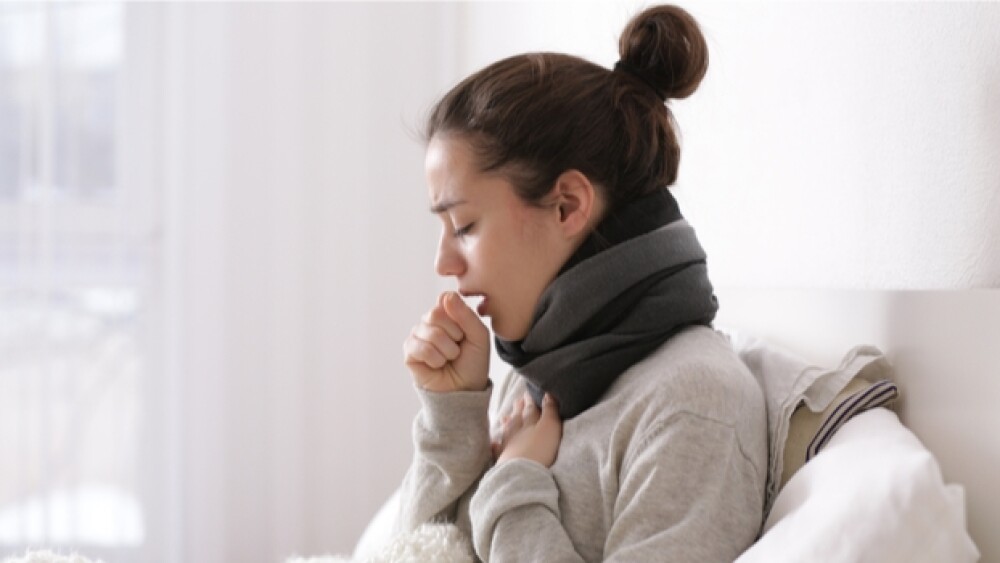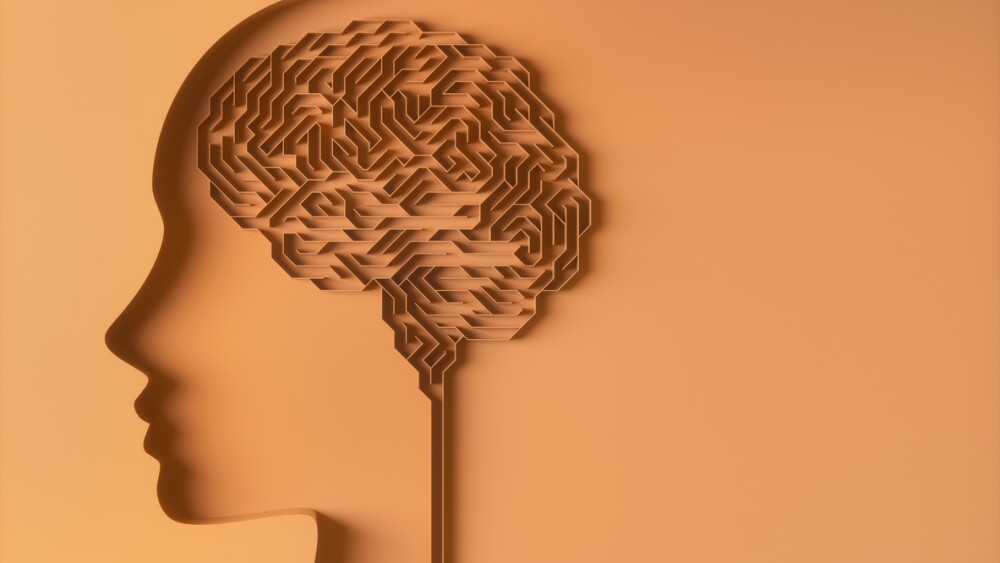Researchers are generating an unprecedented amount of data around COVID-19, with seemingly new and important studies coming out every day. Here’s a look at some of this week’s COVID-19 research news.
Researchers are generating an unprecedented amount of data around COVID-19, with seemingly new and important studies coming out every day. Here’s a look at some of this week’s COVID-19 research news.
Artificial Intelligence Able to ID COVID-19 Based on the Sounds of Coughs
Researchers at Massachusetts Institute of Technology (MIT) developed an artificial intelligence (AI) model able to detect asymptomatic COVID-19 cases by identifying differences in the sounds of coughs between healthy and infected people. The model is built on previous research the group developed to identify conditions like pneumonia, asthma and even Alzheimer’s disease. It is actually the Alzheimer’s model that was adapted for the COVID-19 algorithms.
“The sounds of talking and coughing are both influenced by the vocal cords and surroundings organs,” said Brian Subirana, co-author, and a researcher scientist in MIT’s Auto-ID Laboratory. “Things we easily derive from fluent speech, AI can pick up simply from coughs, including things like the person’s gender, mother tongue or even emotional state. There’s in fact sentiment embedded in how you cough.”
COVID-19 Infects the Mouth, Which Probably Explains Loss of Taste
Investigators with the Oral and Craniofacial Research at the American Dental Association Science and Research Institute released a new study on the preprint database medRXiv that predicts which tissues in the mouth are most vulnerable to COVID-19 infection. They evaluated RNA for different mouth cell types and found that the salivary glands, tongue and tonsils have the most RNA associated with proteins the SARS-CoV-2 virus needs to infect cells, primarily the ACE2 receptor and an enzyme known as TMPRSS. They also found that the more virus identified in these tissues, the more likely the patient had a loss of smell and taste as one of their symptoms.
Subset of COVID-19 Patients Recover Quickly and Maintain Antibodies
Scientists with Brigham and Women’s Hospital studied blood samples and cells from recovered COVID-19 patients and discovered that antibodies against the virus declined in most people, but in a subset of patients, the anti-virus antibodies continued for several months after infection. These “sustainers” also appeared to have a shorter course of COVID-19 and recovered fast.
“We’ve found a subset of individuals that heal quickly while sustaining virus-specific antibody levels after COVID-19,” said Duane Wesemann, an immunologist and associate physician in the Brigham Division of Allergy and Clinical Immunology and an associate professor at Harvard Medical School. “The kind of immune response we’re seeing in these individuals is a bit like investing in an insurance policy—it’s the immune system’s way of adding a potential layer of protection against future encounters with the virus.”
Cause of COVID-19 Blood Clots Identified
Although COVID-19 has a fairly broad range of effects, one of the more peculiar has been blood clots. Researchers at the Michigan Medicine – University of Michigan identified a mechanism of how this happens. They appear to be caused in about half of patients having blood clots by an autoimmune antibody found in the blood that attacks cells and triggers blood clots. In COVID-19, these minuscule clots may also restrict blood flow in the lungs, which impairs oxygen exchange. In patients without COVID-19, these antibodies are typically seen in the autoimmune disease antiphospholipid syndrome. The research was published in the journal Science Translational Medicine.
Six Times the Rate of COVID-19 in Bavarian Children than Previously Reported
Researchers at Helmholtz Zentrum München, the German Research Center for Environmental Health, analyzed blood samples of almost 12,000 children in Bavaria between the ages of 1 to 18 between January 2020 and July 2020. They tested for SARS-CoV-2 dual-antibody positivity. They identified an average antibody frequency of 0.87% from April to July, which was six times higher than the incidence of virus positive cases reported by the Bavarian Health and Food Safety Authority in the same period. They found that 47% of the children who tested antibody-positive were asymptomatic.
COVID-19 Super-Spreading Events More Common and More Dangerous
A COVID-19 super-spreading event is defined as where one person with COVID-19 infects more than six other people. Research out of the MIT analyzed 60 super-spreading events and found that they are more common than previously thought and play a larger role in overall disease transmission. The investigators found that for SARS-CoV-2, the “basic reproduction number” is about three, which means that on average, each person infected will pass it on to about three other people, but it can vary from person to person. But so-called “super-spreaders” can infect dozens of people. In the super-spreading events they analyzed, 45 from the current COVID-19 pandemic and 15 from the 2003 SARS-CoV outbreak, they found that between 10 and 55 people were infected, but two of them, both from the 2003 outbreak, involved more than 100 people. They also found that these super-spreaders have a “long tail,” meaning they continue to infect people long after the original exposure event. It supports the idea that groups involving 10 or more people should be advised against to help slow the spread of COVID-19.





